Registration in Osiris
After the Pitch event, you can register your challenge preferences using this OSIRIS course code: ISBEP
The deadlines for the academic year 2023-2024 are shown in the table below.
| 2024-2025 | Use this Osiris code | Deadline | |
|---|---|---|---|
| Q1+Q2 2024-2025 | ISBEP - 2024 - 1 | May 31, 2024 | |
| Q3+Q4 2024-2025 |
| December 13, 2024 |
NOTE:
- You will be placed on a waiting list. Behind the names of many of the challenges, you will see that they are “Vol/Full.” This does not mean you cannot choose that challenge anymore; it is just how the system registers the preferences (so do not worry about that).
- This Osiris code is only for the registration of your ISBEP challenges preferences.
For the PlannApp , you use 0ISBEP05 (the administration will register you for this code) - Don't forget also to register for the departmental BEP code!
Check this flyer for all challenges in one overview.
Challenges 2024 - 2025 Semester 1
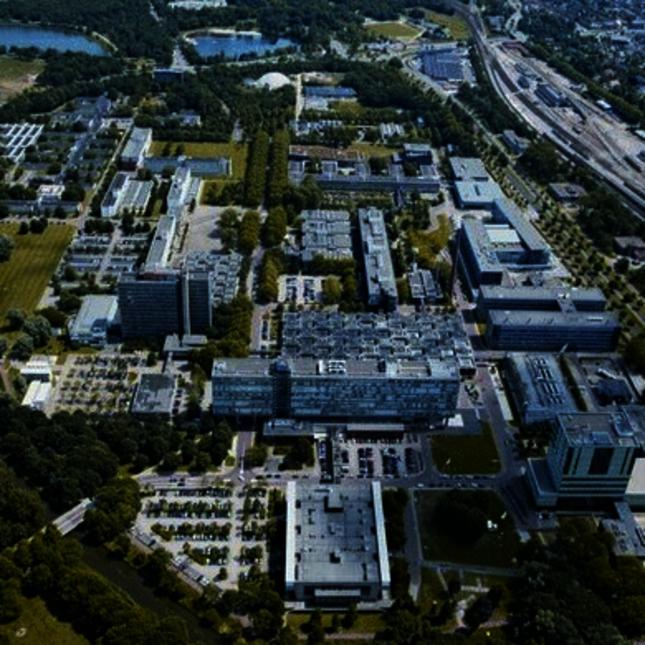
1. Towards a climate neutral campus: Circular & energy neutral refurbishing and reuse of old monumental campus buildings
Challenge owner: TU/e Real Estate
Description: You can find the long description here.
Summary: Our university houses all areas of expertise needed to enable a transformation of our campus into an at least climate neutral campus. Refurbishing existing buildings on our campus is then key. This project challenges students to come up with novel ideas to refurbish two old or monumental buildings to become climate neutral in the broad sense.
Can be chosen by students from: AUBS, CS&E, EE, PT, SI & ME

2. Waste to Infrastructure & Other Applications
Challenge owner: Engineering Without Borders, Henny Romijn
Description: You can find the long description here.
Summary: The Waste to Infrastructure project is an Engineers Without Borders NL initiative to work with partners in West Africa to turn the huge plastic waste problem into an entrepreneurial opportunity. Together with local businesses in West Africa, EWB-NL is looking to build a consortium of stakeholders in plastic waste to share knowledge and coordinate activities.
Can be chosen by students from: AUBS, IE, ME & SI.
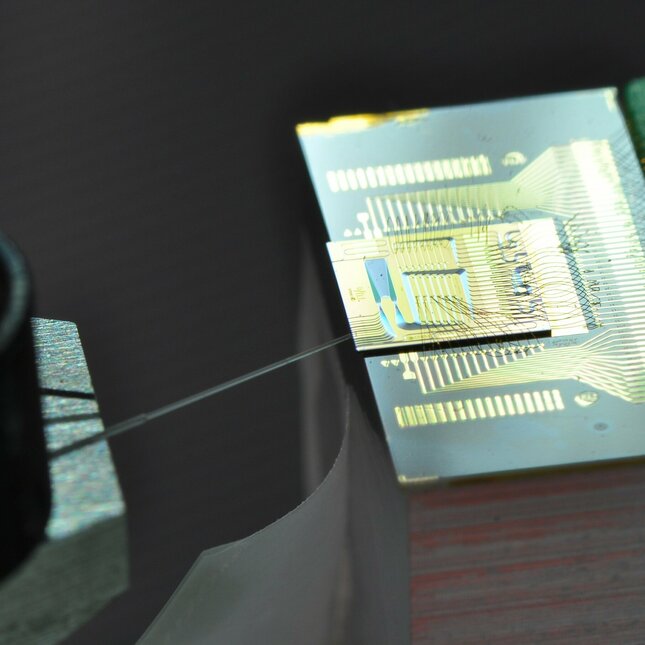
3. From Photonics to Agriculture
Challenge owner: Photonic Integration research group, and Eindhoven Hendrik Casimir Institute (EHCI)
Description: You can find the long description here.
Summary: You can see in your daily life that we are not sustainable enough. However, you notice that each day we demand more and more from our world. What would you say if I stated that new technology exists to get things faster and greener at the same time? Photonic Integrated Circuits is a technology that harnesses the power of light to create energy-efficient, faster, and more accurate microchips. It enables new functionalities to achieve a more sustainable world.
Can be chosen by students from: AP, EE & ME.

4. The Gate Venue 2030
Challenge owner: The Gate
Description: You can find the long description here.
Summary: The Gate is the TU/e venue for tech startups in the Brainport region. The building is old-fashioned and needs an overhaul to make it more sustainable and a showcase of the sustainable solutions that are already possible.
Can be chosen by students from: AUBS, CS&E, DS, EE & PT.

5. Energy transition
Challenge owner: Neways
Description: You can find the long description here.
Summary: The demand and supply of electricity and heat do not match in time with overload in the network as a result while storage capacity is not used. This leads to consumers buying electricity when it is expensive and supplying it when no one needs it at low or maybe even negative prices. In this challenge, we will look into using green hydrogen created with an electrolyzer to assist in the energy transition. The focus will be on the energy system in a house or a street.
Can be chosen by students from: AUBS, CS&E, CE&C, DS, EE, IE, PT, SI & ME.

6. Autonomous Information Network
Challenge owner: Sita Robotics x TMC
Description: You can find the long description here.
Summary: We are building robots that can explore dangerous environments before people have to enter. In the near future, this robot will have the need for more autonomous features, enabling the use of more robots simultaneously and therefore creating a higher efficiency. For this concept the controller needs to be redesigned and research needs to be done what is needed for edge-computing on the robots and which computing is needed for this idea. Besides a more high-level design is needed to see what capabilities we would like to give to the client and what we can do autonomously.
Can be chosen by students from: AUBS, CS&E, DS, EE, PT & ME.
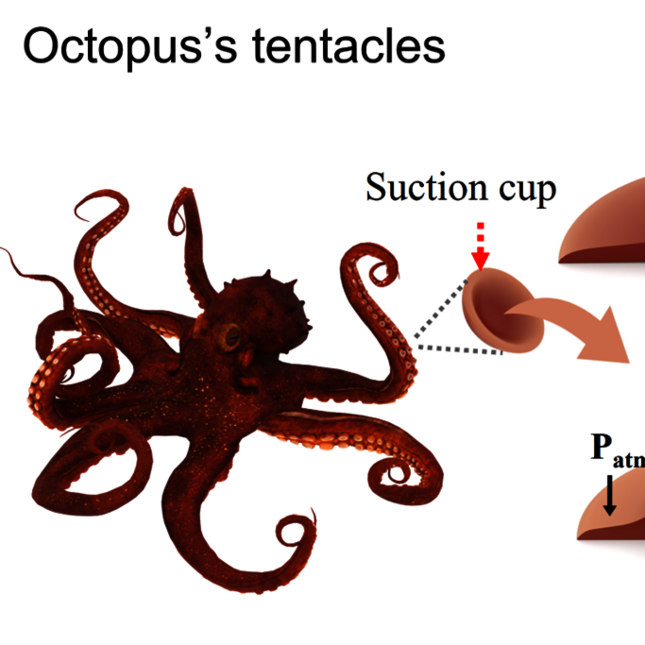
7. Adaptive soft robotics
Challenge owner: Human Interactive Materials
Description: You can find the long description here.
Summary: Soft robotics is a relatively new subfield of robotics, which can fill the gap in the adaptability of manipulators to the environment. Inspired by the octopus tentacles, we aim to develop artificial tentacles embedded in electric sensing and actuation functions by coupling the conductive materials and responsive materials.
Can be chosen by students from: CE&C, EE & ME.
Challenges 2023 - 2024 Semester 2

1. The underground challenge
Challenge owner: Dutch police
Description: You can find the long description here.
Summary: Drug production in The Netherlands does not seem to be increasing, while we are encountering fewer production sites. This makes us believe that more and more drug production sites are moving to underground locations. Existing detection tools are no longer adequate. Our challenge is to develop a technical tool to detect underground drug production sites and catch the people involved.
Can be chosen by students from: BME, AUBS, EE & MST.

2. Waste to Infrastructure & Other Applications
Challenge owner: Engineering Without Borders, Henny Romijn
Description: You can find the long description here.
Summary: The Waste to Infrastructure project is an Engineers Without Borders NL initiative to work with partners in West Africa to turn the huge plastic waste problem into an entrepreneurial opportunity. Together with local businesses in West Africa, EWB-NL is looking to build a consortium of stakeholders in plastic waste to share knowledge and coordinate activities.
Can be chosen by students from: AUBS, IE, ME & SI.

3. Adaptive soft robotics
Challenge owner: Human Interactive Materials
Description: You can find the long description here.
Summary: Soft robotics is a relatively new subfield of robotics, which can fill the gap in the adaptability of manipulators to the environment. Inspired by the octopus tentacles, we aim to develop artificial tentacles embedded in electric sensing and actuation functions by coupling the conductive materials and responsive materials.
Can be chosen by students from: AM, CE&C, EE, ID & ME.

4. The Gate Venue 2030
Challenge owner: The Gate
Description: You can find the long description here.
Summary: The Gate is the TU/e venue for tech startups in the Brainport region. The building is old-fashioned and needs an overhaul to make it more sustainable and a showcase of the sustainable solutions that are already possible.
Can be chosen by students from: AUBS, CS&E, DS, EE, ID & PT.

5. From Photonics to Agriculture
Challenge owner: Photonic Integration research group, and Eindhoven Hendrik Casimir Institute (EHCI)
Description: You can find the long description here.
Summary: You can see in your daily life that we are not sustainable enough. However, you notice that each day we demand more and more from our world. What would you say if I stated that new technology exists to get things faster and greener at the same time? Photonic Integrated Circuits is a technology that harnesses the power of light to create energy-efficient, faster, and more accurate microchips. It enables new functionalities to achieve a more sustainable world.
Can be chosen by students from: AP, AM, AT, EE & ME.
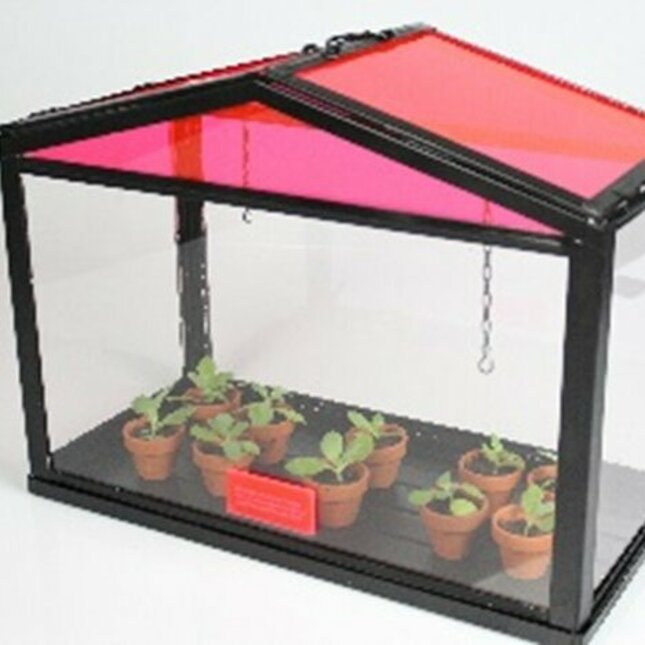
6. Portable responsive horticultural device
Challenge owner: TU Eindhoven/HAS Den Bosch
Description: You can find the long description here.
Summary: Our world has seen quite a few cases lately in which food became scarcely available to people in emergency areas. For those people, having a collapsible plant growth device that can be transported to them could be life-saving. Our challenge is to come up with a first idea and prototype of such a growth device for optimizing growth conditions of horticultural crops (a portable high-tech greenhouse).
Can be chosen by students from: AUBS, CE&C, CS&E, EE, IE & PT.

7. Energy transition
Challenge owner: Neways
Description: You can find the long description here.
Summary: The demand and supply of electricity and heat do not match in time with overload in the network as a result while storage capacity is not used. This leads to consumers buying electricity when it is expensive and supplying it when no one needs it at low or maybe even negative prices. In this challenge, we will look into using green hydrogen created with an electrolyzer to assist in the energy transition. The focus will be on the energy system in a house or a street.
Can be chosen by students from: AUBS, AT, CE&C, DS, EE, ID, IE, PT, SI & ME.
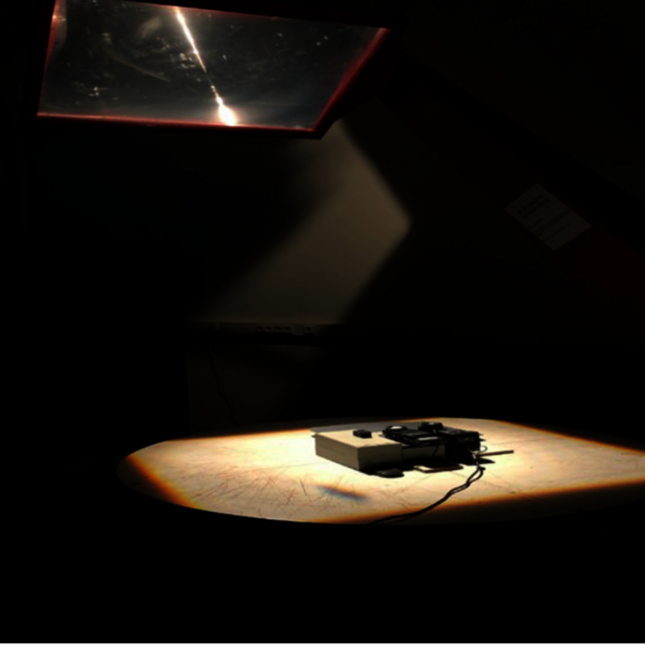
8. Advancing the sun simulator setup
Challenge owner: Eindhoven University of Technology in collaboration with the Intelligent Lighting Institute (ILI)
Description: You can find the long description here.
Summary: Light is a crucial element in the day lives of all people, whether it be for biological reasons, working conditions, safety, or aesthetic pleasure. However, we spend 90% of our time indoors. Therefore it is important to design indoor spaces that allow sunlight to enter. On the TU/e campus, a solar simulator setup is used for allowing people to experience visually and physically the presence of sunlight in indoor spaces. The simulator is however massively outdated, and new ways of demonstrating physically the presence of light in buildings is needed. The system can make use of both new and existing components.
Can be chosen by students from: AT, AUBS, DS, EE, ID, IE, AM & ME.

9. Autonomous Information Network
Challenge owner: Sita Robotics X TMC
Description: You can find the long description here.
Summary: We are building robots that can explore dangerous environments before people have to enter. In the near future, this robot will have the need for more autonomous features, enabling the use of more robots simultaneously and therefore creating a higher efficiency. For this concept the controller needs to be redesigned and research needs to be done what is needed for edge-computing on the robots and which computing is needed for this idea. Besides a more high-level design is needed to see what capabilities we would like to give to the client and what we can do autonomously.
Can be chosen by students from: AT, AM, AUBS, CS&E, DS, EE, ID, PT & ME.
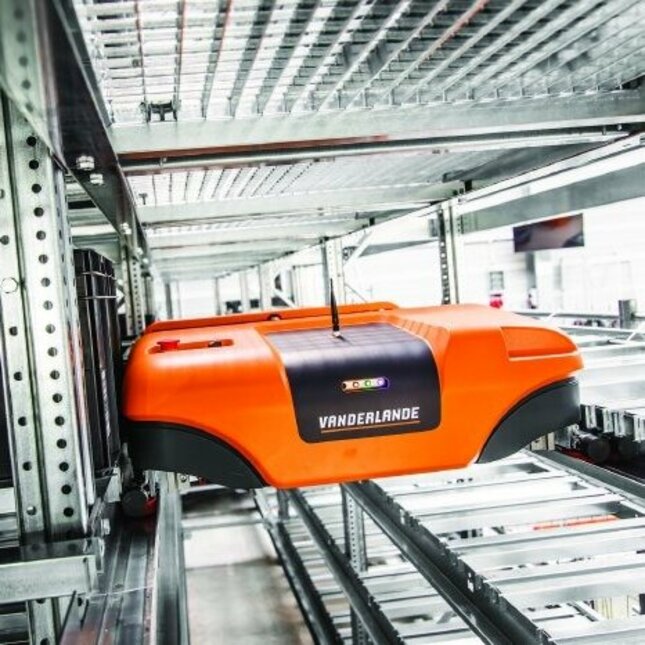
10. Classification of robot pickable products in logistics
Challenge owner: Vanderlande Industries B.V.
Description: You can find the long description here.
Summary: Every day, Bol.com alone delivers more than one million packages to people in The Netherlands. These packages all need to be picked from warehouses. Vanderlande’s Smart Item Robot can typically pick around 60-90% of all the different types of packages, and for the other items a human worker is informed at the moment this picking is impossible. In order to make this process more efficient, a classification of pickable items is needed. In this challenge, students will explore ways of automatically classifying an item set (of typically > 50.000 items) of our customers.
Can be chosen by students from: CS&E, DS, EE, ID, PT, IE & ME.